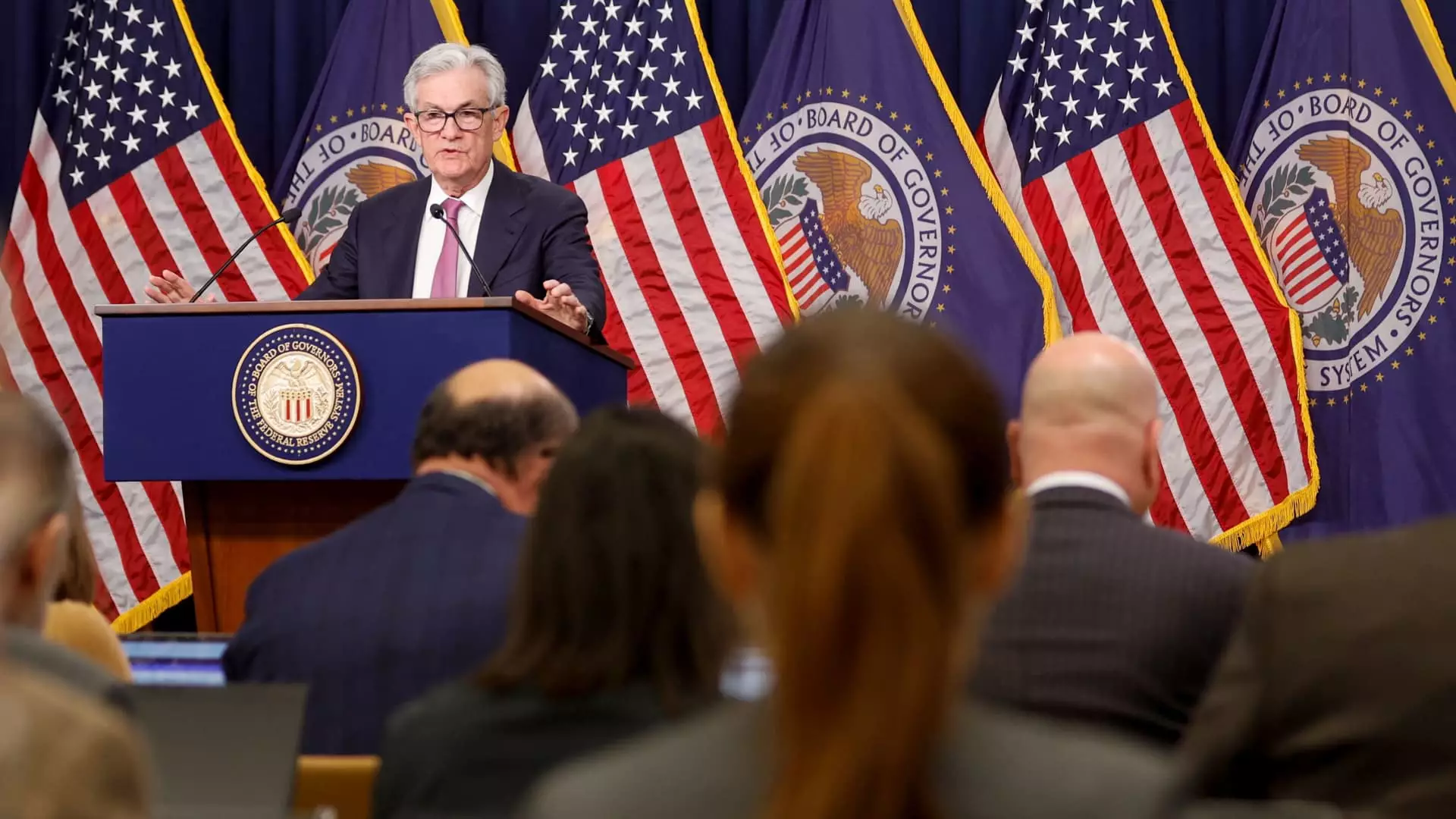In 2024, the Federal Reserve made significant adjustments to its interest rate targets, implementing three notable reductions. This shift has led many Americans, particularly potential homebuyers and existing homeowners, to eagerly anticipate a drop in mortgage rates. However, experts suggest that such a reprieve may not materialize in the near future. Jordan Jackson, a global market strategist at J.P. Morgan Asset Management, predicts that mortgage rates will likely remain between 6.5% to 7%, indicating that consumers hoping for better conditions may have to reassess their expectations.
Mortgage rates are inevitably tied to broader economic indicators, yet it’s crucial to recognize their deeper connection with long-term borrowing rates, particularly the yields associated with government debt such as the 10-year Treasury note. In recent months, there has been an upward trend in these yields, spurred by investors’ expectations of more expansionary fiscal policies emanating from Washington in 2025. Therefore, even with the Fed’s attempts to lower interest rates, external market forces are playing a significant role in maintaining or even increasing mortgage rates.
The Federal Reserve’s previous strategy of quantitative easing, employed aggressively during the pandemic, aimed to bolster the economy by purchasing vast quantities of mortgage-backed securities. This approach effectively reduced the disparity between mortgage rates and Treasury yields, allowing for cheaper loans and refinancing opportunities for homeowners. Matthew Graham, COO of Mortgage News Daily, critiques this strategy, suggesting that the Fed’s aggressive purchases in 2021 may have been premature.
As the economy emerged from the pandemic, the Fed opted to recalibrate its strategies by tapering its asset purchases. This transition towards quantitative tightening involves allowing these assets to mature and reducing their impact on the balance sheet. The implications of this tightening are significant: it could potentially increase the gap between mortgage rates and Treasury yields, counteracting any earlier benefits gained from low mortgage rates.
Considering the evolving economic landscape, industry insiders like George Calhoun stress that the current trajectory of mortgage rates could be influenced more by external factors than the Fed’s immediate policy decisions. As the government shifts towards potentially expansionary fiscal measures, the market dynamics influencing mortgage rates will likely remain complex.
For prospective homeowners, it’s essential to approach this environment with caution and realistic expectations. While the hope for lower mortgage rates persists, the current signals from economic indicators suggest that rates may remain elevated in the short term. Consumers should stay informed about both Federal Reserve policies and broader market trends to navigate this intricate financial landscape effectively.
The intricate negotiations between the Federal Reserve’s monetary policy, government fiscal strategies, and market forces will invariably shape the future of mortgage rates. Awareness and adaptability are key for stakeholders in this unpredictable financial arena.

